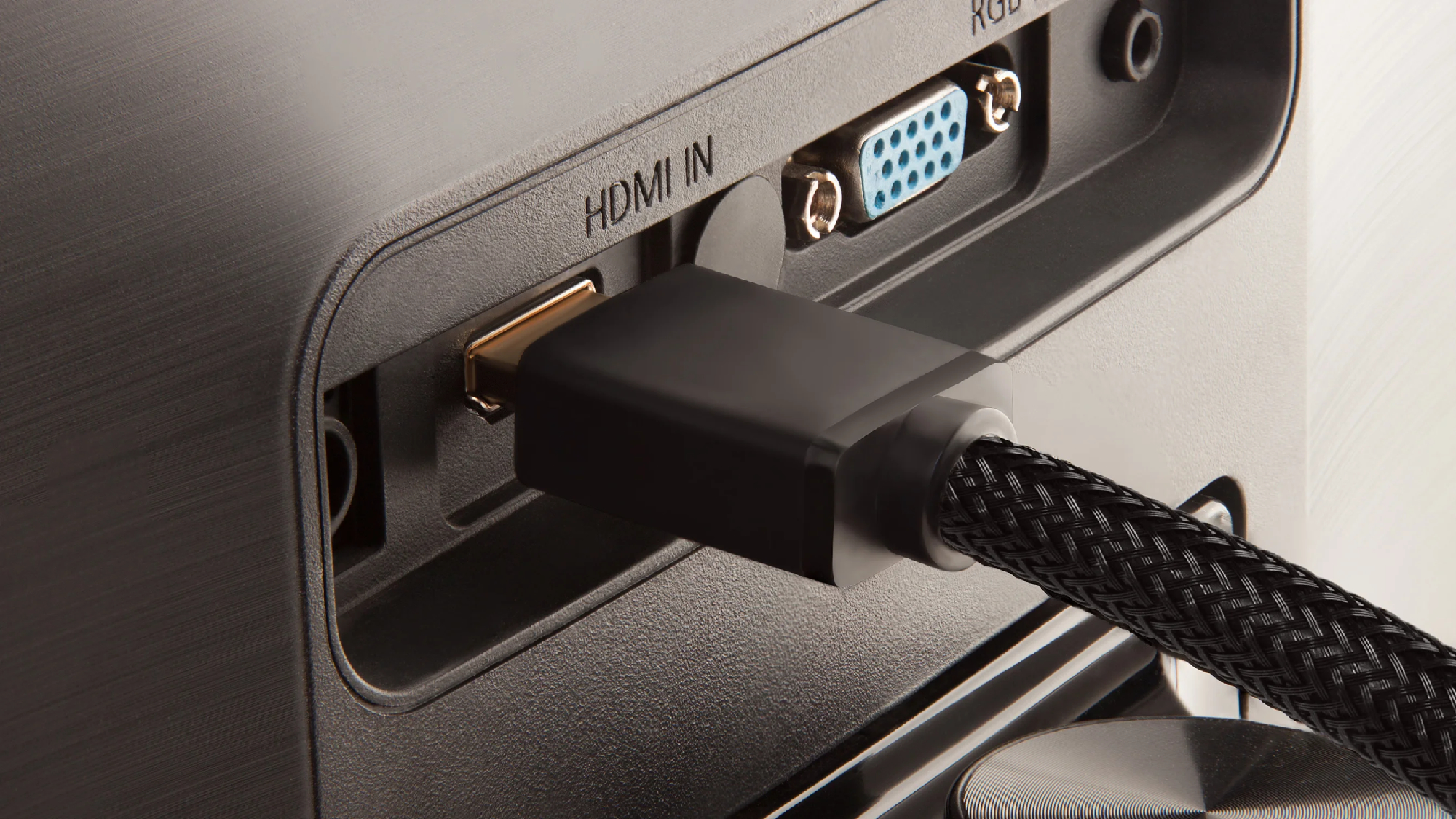iPhone 13 — the biggest iPhone 12 flaws Apple needs to fix
To become the best phone, the iPhone 13 will have to improve on last year’s iPhone 12
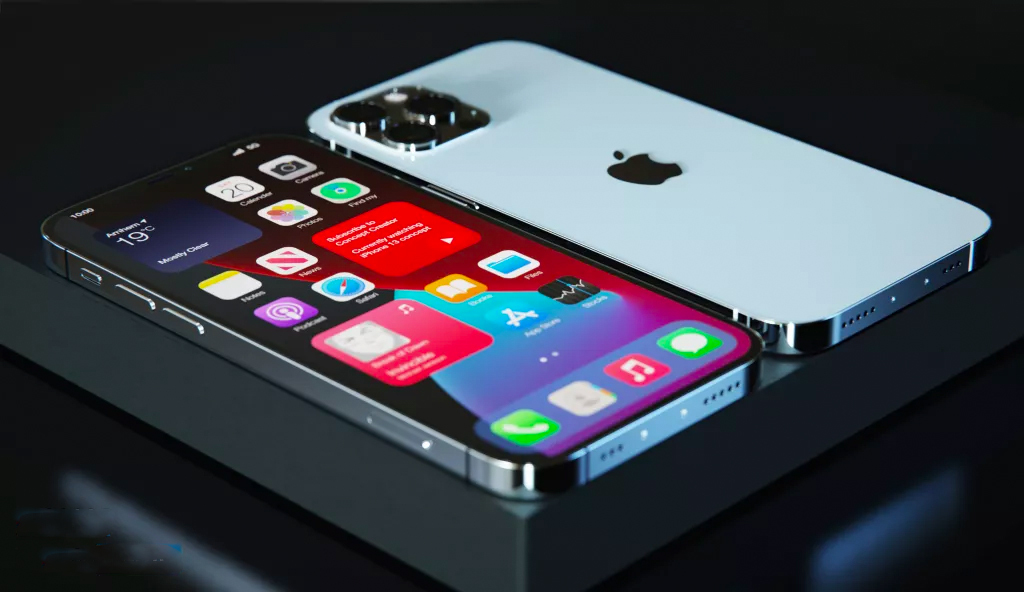
The iPhone 13 faces a tall order when it arrives in the fall. Besides the usual expectations that accompany any Apple product launch, the latest iPhone will be tasked with improving upon its predecessor. And given our very positive iPhone 12 review and iPhone 12 Pro Max review, our expectations are pretty high.
After all, if you rank the best phones available right now, you'll find a bunch of different iPhone 12 models on that list. How do you top something that's already regarded as one of the best in its field?
- The best iPhones right now
- iPhone 13 vs. iPhone 12: Biggest differences to expect
- Plus: My new smart lock is a home security game-changer — here’s why
As good as the iPhone 12 is, it suffers the same fate as anything else assembled by human hands — there are shortcomings here and there that future iterations can improve upon. And while it'll be a while before we get the official word on just how the iPhone 13 aims to do that, we've heard enough leaks and rumors about Apple's plans for its future phones to get a sense of the strategy taking shape behind the scenes.
With the Apple event on September 14 on the horizon, we expect to hear plenty about the iPhone 13 and to see what Apple has addressed this year. Here's a closer look at the handful of flaws we've experienced in our iPhone 12 testing, and how the iPhone 13 might address those.
Speed up the display refresh rate
We're living in a world with fast-refreshing screens, though you wouldn't know it gazing at any of Apple's current phones. All iPhone 12 models feature some pretty eye-catching displays in a range of sizes, but they're stuck refreshing at 60Hz — the standard refresh rate for most smartphones.
Rival smartphone makers have sped things up, though. Since the Galaxy S20 came out last year, Samsung has offered 120Hz displays, adding the ability to dynamically adjust the refresh rate depending on your activity with the Galaxy Note 20 Ultra and the Galaxy S21 lineup. OnePlus does the same with its OnePlus 9 Pro. Even the Pixel 5 offers a faster refresh rate than the latest iPhones, refreshing its screen at 90Hz.
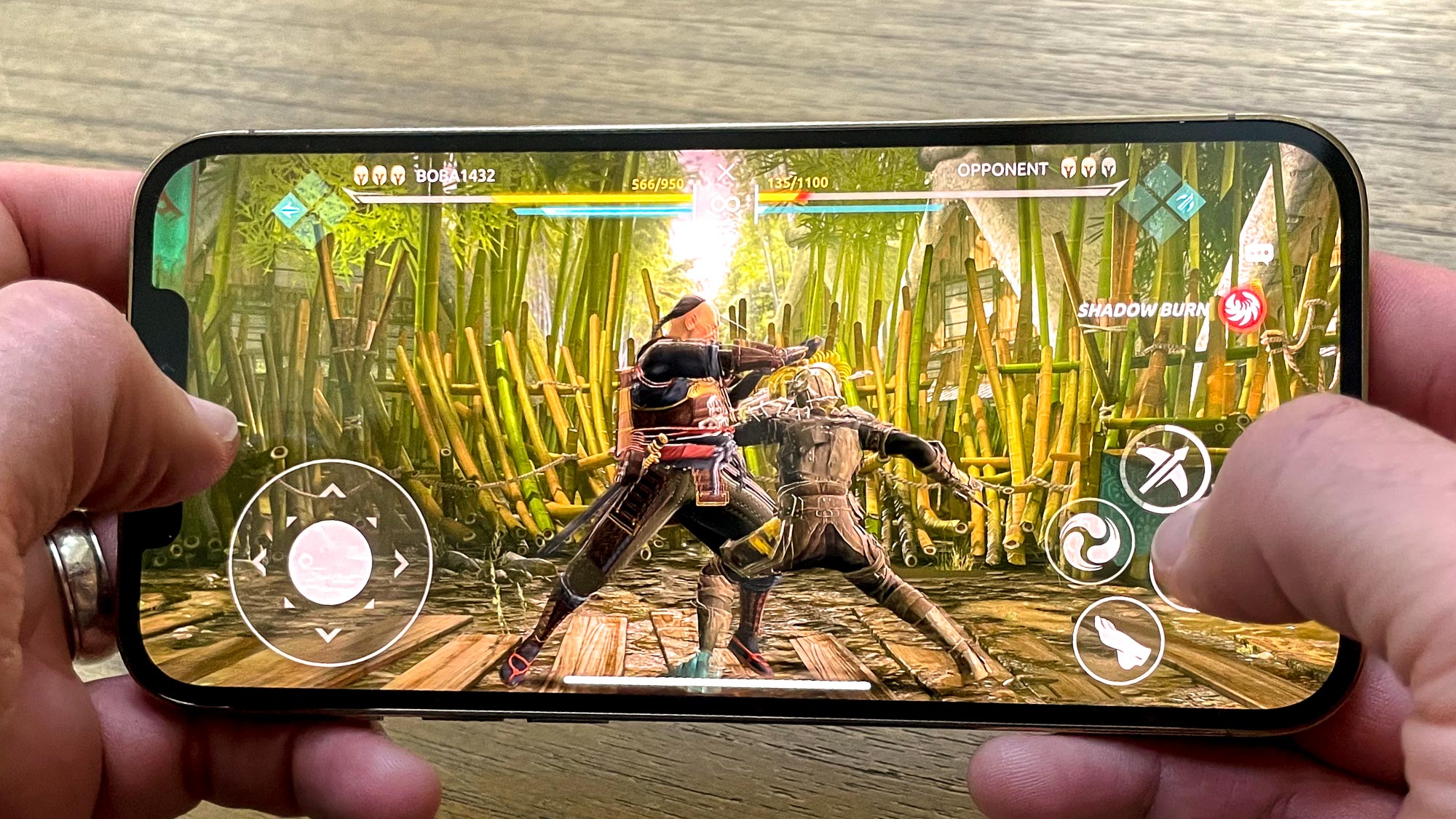
A faster refresh rate makes a world of difference for your smartphone experience, as scrolling becomes smoother and games become more immersive. Even better, phones that feature low-temperature Polycrystalline oxide, or LTPO, technology such as the Galaxy S21 Ultra can automatically vary their refresh rates, without requiring you to dive into settings to make your own adjustments.
Sign up to get the BEST of Tom's Guide direct to your inbox.
Get instant access to breaking news, the hottest reviews, great deals and helpful tips.
How the iPhone 13 will fix that: All signs point to Apple adding LTPO technology of its own, at least for the iPhone 13 Pro models. Several rumors point to Samsung supplying Apple with LTPO panels and the necessary circuit boards, all but confirming the likelihood of fast-refreshing displays that automatically adapt to your screen activity. We wish the feature would make its way to all iPhone 13 models and not just the iPhone 13 Pro and iPhone 13 Pro Max, as has been rumored, but at least this is a step in the right direction.
Improve the battery life
5G modems can draw a lot of power, so it's not unusual to see a phone maker's initial 5G handsets struggle with battery life. That certainly seems to be the case with the iPhone 12, Apple's first 5G phones, which didn't compete for a spot on our best phone battery life list.
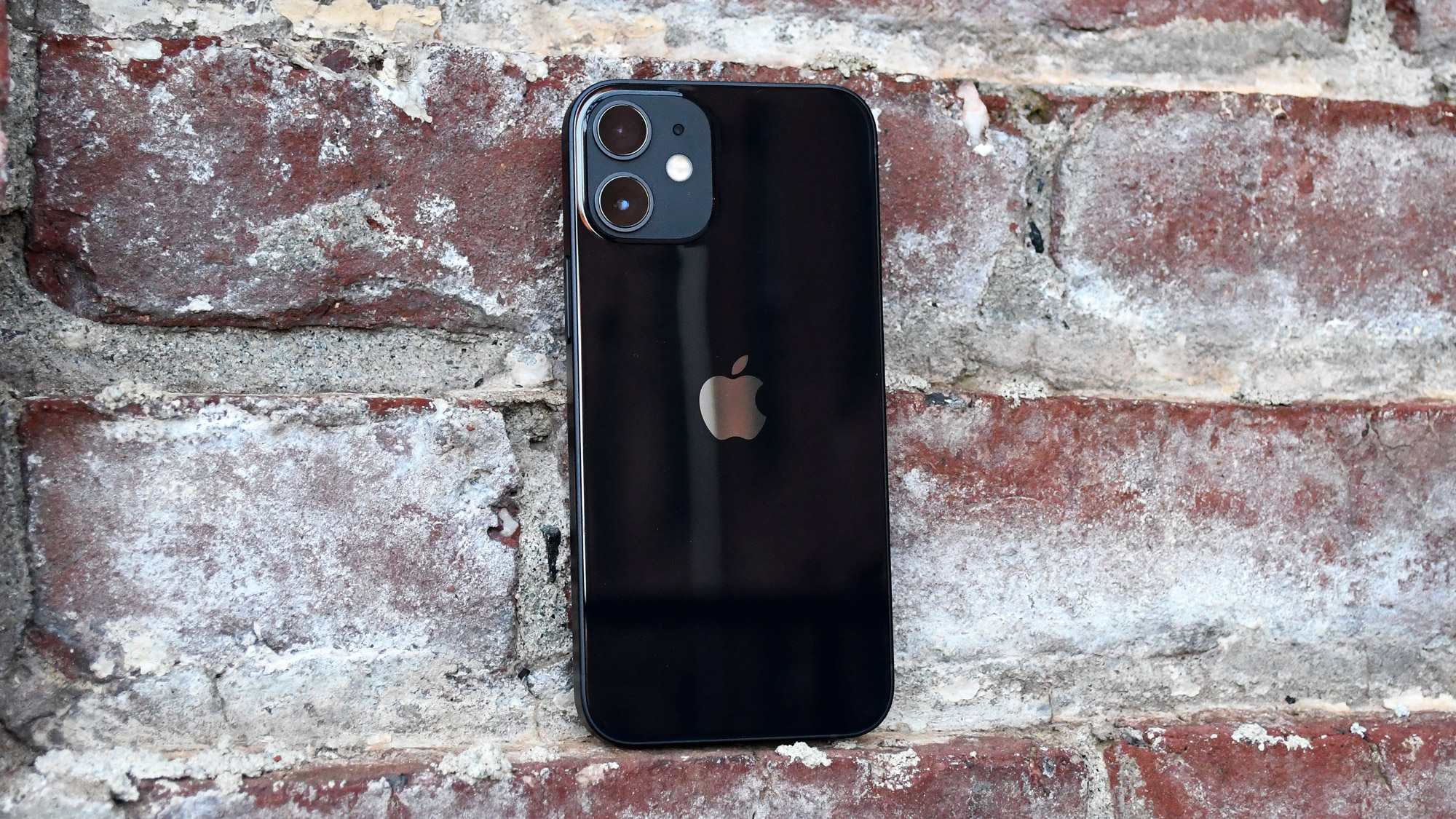
Only the iPhone 12 Pro Max fared well on our battery test, which involves continuously surfing the web over cellular (5G in this case) until the phone runs out of power. The iPhone 12 Pro Max ran for 10 hours and 53 minutes, just shy of the 11-hour mark topped by the longest lasting phones. The other iPhone 12 models struggled to last more than 9 hours, with only the iPhone 12 Pro inching above that mark. The battery tests for the iPhone 12 and iPhone 12 mini were well below average.
Something has to improve with the iPhone 13, and it's not just about battery sizes, even if the power packs inside Apple's phones are pretty small relative to competing devices. The iPhone 12 Pro Max, for example, runs on a 3,687 mAh battery, when phones of a similar size usually have at least 4,000 mAh or larger batteries.
How the iPhone 13 will fix that: There are a couple of ways Apple can bolster battery life on its phones, and one of them has to do with the LTPO technology slated for the displays on the iPhone 13 Pro models. LTPO screens boast better power consumption, so that there's less of a hit on the phone's battery should the screen have to max out its refresh rate. One report claims the displays Apple plans on using can reduce power consumption by 15% to 20%.
Other components can pitch in, too. Presumably, the A15 Bionic processors that's all but certain to power this year's iPhone models will be more power efficient than its predecessor. And reports claim that the iPhone 13 will feature Qualcomm's X60 modem, which is smaller than the current modem and should be less of a drain on the battery. Here's hoping all of that leads to the iPhone's return to the land of long-lasting handsets.
Do something about the notch
When the iPhone X first came out four years ago, you immediately saw a lot of Android knock-offs that copied Apple's distinctive look, right down the notched display. And just as quickly, you saw those iPhone X wannabes disappear, as Android device makers realized users didn't much care for having a chunk of bezel intruding on their phones' displays. On Android, the notch quickly gave way to punch-hole cutouts for a phone's front camera.
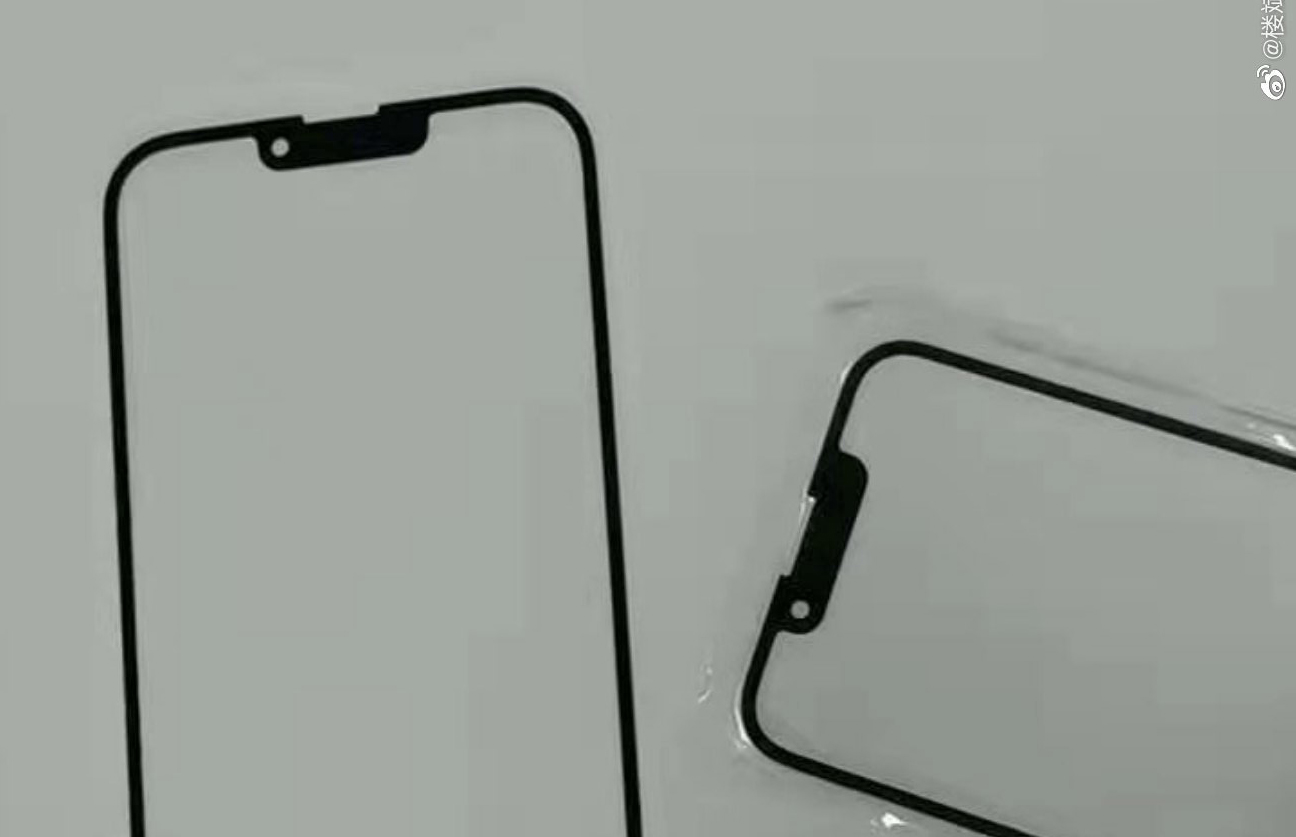
Not so on the iPhone, where the notch does more than just house the TrueDepth camera; it's also the home for all the sensors Apple uses for its Face ID technology. That feature's not going anywhere, which means the notch is staying put, too. But that doesn't mean Apple can't adjust the size of the notch for the first time since introducing that design tweak four years ago.
How the iPhone 13 will fix that: All signs point to there being less notch for you to hate, and there are the iPhone 13 dummy units to prove it. Specifically, an iPhone 13 Pro Max dummy unit used by accessory makers to get a good idea of how big to make their iPhone cases reveals a notch that's 25% smaller than the one on the iPhone 12 Pro. That's thanks to smaller VCSEL chips, which are used by Face ID to help recognize your face.
Unlike LTPO screens, this particular change appears to be headed to all four new iPhone 13 models. So you can expect more screen space, whether you get an iPhone 13 mini or one of the larger Pro models.
Add more storage
The iPhone 12 and iPhone 12 mini ask you to get by on 64GB, a shrimpy amount of storage in this day and age.
With the iPhone 12 Pro and iPhone 12 Pro Max, Apple apparently got the memo about storage capacity — serious smartphones give shoppers a lot of built-in storage, especially when there's now way to boost capacity with a microSD card. Sadly, though, that memo never made it to the iPhone 12/iPhone 12 mini side of the room. While the iPhone 12 Pro models feature a satisfactory 128GB of storage in their base models, the cheaper iPhones ask you to get by on 64GB, a shrimpy amount of storage in this day and age.
Samsung's $799 Galaxy S21 offers 128GB of storage. So does the $729 OnePlus 9. The $699 Pixel 5 offers only one storage option, but that 128GB is still double what you get from the identically priced iPhone 12 mini. Apple needs to step up its storage game.
How the iPhone 13 will fix that: Apple's storage plans remain unclear at this point, so it's possible the iPhone 13 and iPhone 13 mini could remain stuck on 64GB for their base models. There is a report that Apple will include a 1TB storage option on some iPhone 13 models, which has fueled speculation that if Apple's throwing that kind of capacity around, the least it could do is bump the iPhone 13 base model to 128GB across the board.
Improved cameras
"Hold on a minute," you might be saying. "Aren't the iPhone 12 cameras already really good?" Indeed, we rank the iPhone 12 Pro Max as the best camera phone, thanks to its triple lens setup, and the dual lens iPhone 12 isn't that far behind.
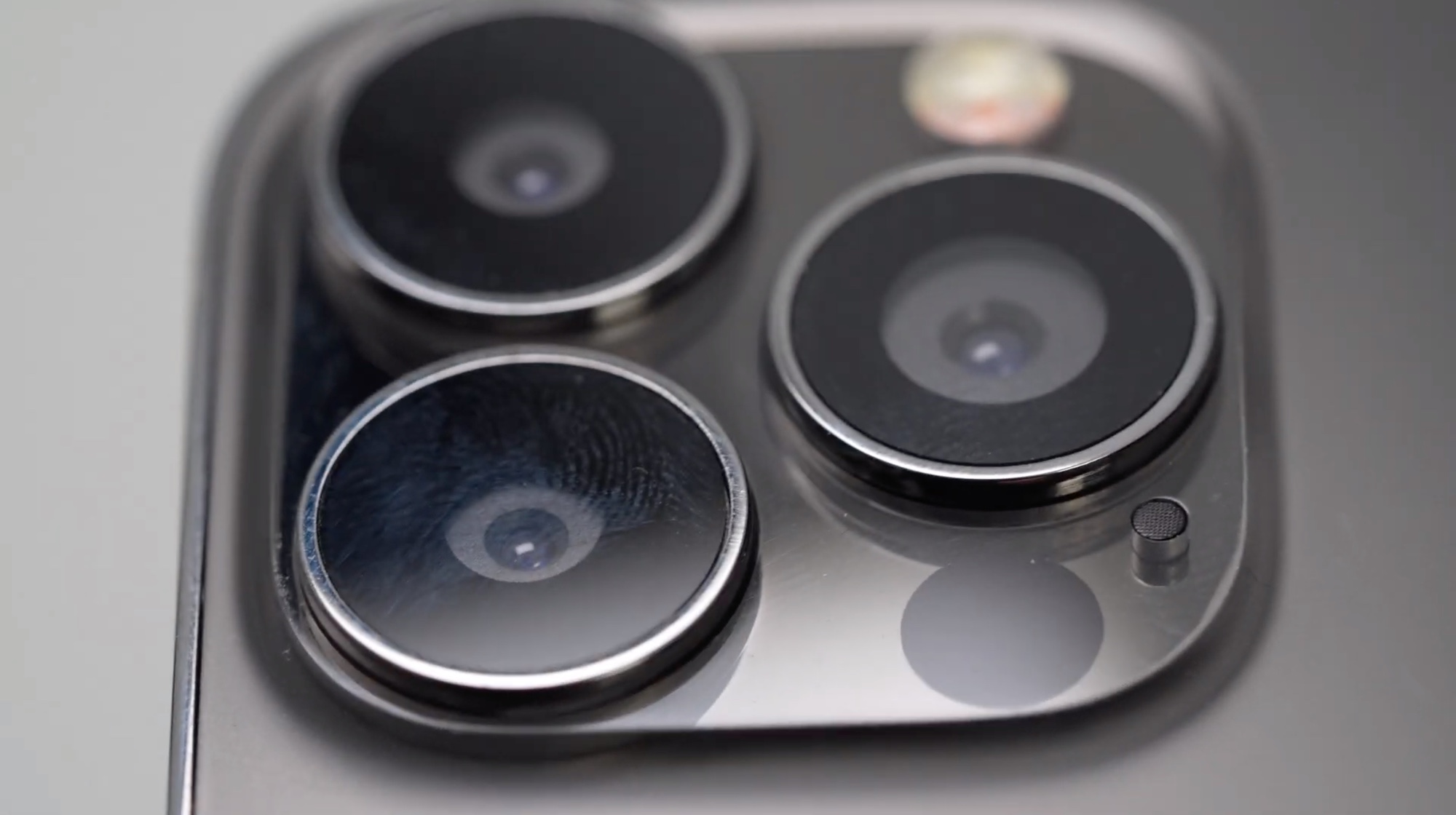
The trouble for Apple, though, is that none of its competitors are ceding any ground to the iPhone. Take the Galaxy S21 Ultra, which comes equipped with a 108MP main sensor and two telephoto lenses. Even the Galaxy S21 and Galaxy S21 Plus outperform the iPhones when it's time to zoom in for a shot. And Google has alluded to improvements coming to the Pixel 6 this fall, such as improved algorithms for photographing people of color.
In other words, Apple can't afford to rest on its laurels with the iPhone 13. Because if it doesn't keep up with other camera phones, there's a risk of competitors passing it by.
How the iPhone 13 will fix that: It certainly sounds as if ongoing camera improvements are on Apple's to-do list for the upcoming phone. That iPhone 13 Pro Max dummy unit depicts bigger lenses, ideal if you want to let in more light to improve image capture. And reports claim that Apple will adopt a 6-element ultrawide angle lens for its Pro cameras, improving on the 5-element lens in the iPhone 12 Pro. The more elements, the better the image quality, potentially.
On the telephoto lens front, Apple is reportedly looking to use a folded lens camera for the iPhone 13. That would improve the optical zoom on the Pro models — the iPhone 13 and iPhone 13 mini are likely to stick with just a main camera and an ultrawide lens — so that zoom shots will compare better to the ones produced by Samsung's Galaxy S flagships.
As for the iPhone 13 and iPhone 13 mini, they could potentially adopt the LiDAR sensors Apple incorporated on the iPhone 12 Pro models. That would mean improved portrait shots if that move comes to pass, though not everyone is convinced LIDaR is headed to the less expensive iPhone models.
Speed up the charging
The iPhone 12 supports 20W charging — a decent speed, but not as fast as the 25W charging that the Galaxy S21 supports. And don't get us started on the 65W charging you can get from OnePlus' latest phones.
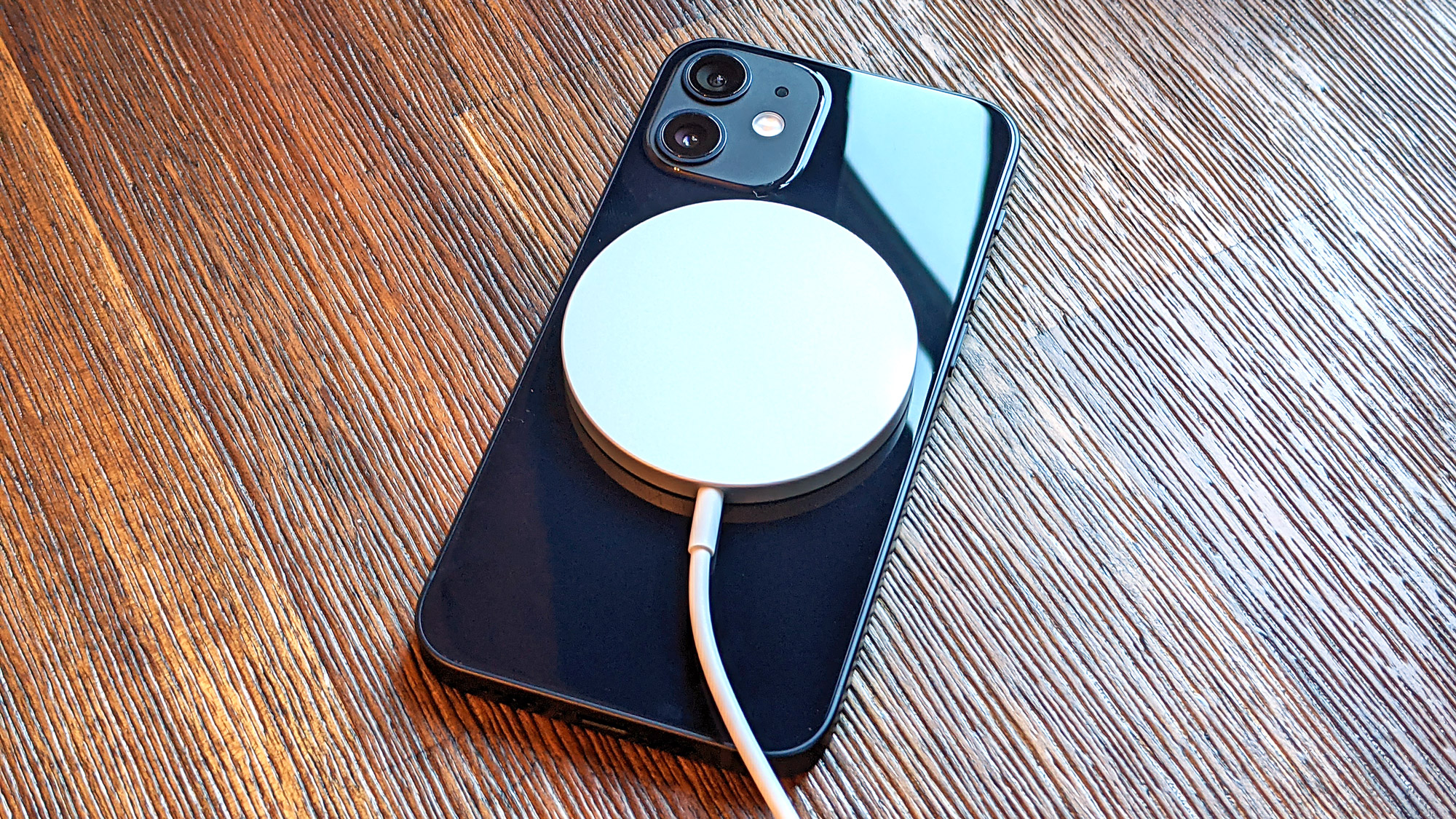
Apple introduced the MagSafe magnetic charging system with the iPhone 12, and that can charge things wirelessly at a respectable 15W. (The iPhone 12 mini is limited to 12W charging, presumably because it's so compact.) Still, it seems like Apple could speed things up on the charging front all around.
How the iPhone 13 will fix it: As with onboard storage, charging speeds are an area where the rumor mill has yet to provide much guidance. The only concrete thing we've heard about charging thus far is that the iPhone 13 is unlikely to add support for reverse wireless charging, so no using your iPhone 13 to power up your Apple Watch.
Of course, we might suggest that Apple reverse course and include a charger with its future iPhones that's capable of supporting faster speeds. But we'd like to keep these predictions within the realm of possibility.
Philip Michaels is a Managing Editor at Tom's Guide. He's been covering personal technology since 1999 and was in the building when Steve Jobs showed off the iPhone for the first time. He's been evaluating smartphones since that first iPhone debuted in 2007, and he's been following phone carriers and smartphone plans since 2015. He has strong opinions about Apple, the Oakland Athletics, old movies and proper butchery techniques. Follow him at @PhilipMichaels.

